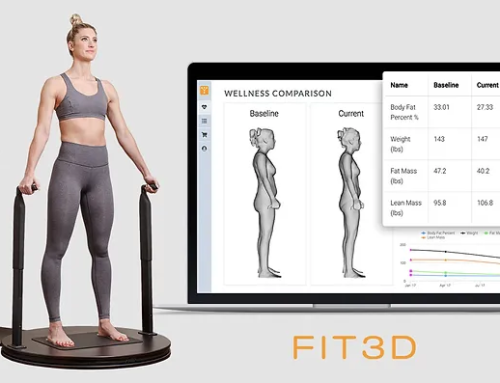 Parkinson’s disease (PD) affects more than a million people in the United States alone, and it is the second most common neurodegenerative disorder in the country. It is also the most common of movement disorders, which also include neurological disorders like Dystonia, Huntington’s disease, Tourette’s syndrome, and others. In fact, there are 60,000 new patients diagnosed with PD each year, and men are one and a half times more likely to develop the disease than women.
Parkinson’s disease (PD) affects more than a million people in the United States alone, and it is the second most common neurodegenerative disorder in the country. It is also the most common of movement disorders, which also include neurological disorders like Dystonia, Huntington’s disease, Tourette’s syndrome, and others. In fact, there are 60,000 new patients diagnosed with PD each year, and men are one and a half times more likely to develop the disease than women.
PD affects both motor and non-motor related faculties and could include symptoms such as tremors, limb rigidity, gait and balance difficulties, slowness of movement, depression, constipation, sleep issues, and cognitive impairment. Though these symptoms may not be readily apparent, they develop and progress as the disease spreads.
Experts remain unsure exactly what causes Parkinson’s — a combination of environmental and genetic factors seems to be at play — but the good news is that there are ways to slow its onset and protect against its development. One helpful method is to maintain good health through a balanced diet high in fiber and antioxidant-rich foods (like fruits and vegetables). Other preventative measures include getting proper sleep, minimizing stress, limiting exposure to toxins, and avoiding head injuries.
Research shows that something else is also promising in preventing and delaying the onset of PD: regular exercise.
A study published in the Journal of Parkinson’s Disease found that people with PD who exercised for two and a half hours per week experienced a slower decline in their mobility and their quality of life when compared to individuals who exercised for less time (or not at all). These effects persisted regardless of the type of exercise, and the participant’s activity level prior to the study did not affect the outcome.
What Makes Exercise So Helpful in Preventing Parkinson’s?
Parkinson’s is characterized by a loss of dopamine neurons in the brain. A majority of PD research thus far has placed a focus on creating neuroprotective drugs to help combat this loss — yet exercise has shown to be neuroprotective and enhances a participant’s neuroplasticity with few (if any) negative side effects.
Exercise offers numerous physical and psychological benefits for all people; but for PD patients, exercise helps maintain balance, improve mobility, enhance mood, and protect the brain. Exercise also remains a powerful long-term solution when compared to PD medications, which are considered short-term because they become less effective over time.
Exercise also functions as a type of targeted PD therapy to improve a patient’s gait, balance, flexibility, grip strength, and motor coordination. Walking exercises target gait issues, while dancing lessons improve balance and coordination. Participating in resistance training improves strength and helps maintain muscle mass, which decreases with age.
For many seniors, physical activity also offers opportunities to have fun and socialize, which may alleviate symptoms of depression caused by PD. Fitness programs are an easy way to meet new people and connect with a wider community.
Other studies have shown that exercise is similarly beneficial for Alzheimer’s and dementia, two other progressive neurodegenerative disorders.
What Type of Exercise is Best?
Any type of exercise is beneficial, so patients should focus on activities they enjoy. Patients who engage in movement and training exercises like yoga, jogging, swimming, cycling, or calisthenics improve their physical fitness and work towards alleviating PD symptoms. For example, yoga improves balance and flexibility, while running or cycling increases endurance.
More important than the type of exercise is the frequency that patients exercise. Patients with PD who engaged in exercise programs of any kind for longer than six months have shown improvement in balance and mobility far more than individuals who enrolled in short-term programs.
Studies indicate that short bursts of intense exercise may also be more effective than longer, less demanding sessions. A recent study published in the Journal of Rehabilitation Medicine outlined the impact of High-Intensity Interval Training (HIIT) cycling in patients with mild-to-moderate PD. Participants saw improvements in their cardiovascular health, brain functionality, and their body’s circulation of oxygen after periods of short, intense bursts of cycling for three times a week over an eight week period.
How Often Do Patients Need to Exercise to Benefit?
Patients need to engage in at least 150 minutes (or two and a half hours) of exercise each week to see an impact. In a paper published in JAMA Neurology, researchers were able to delay the progression of PD for six months through exercise alone, splitting exercise into three sessions per week, with each session increasing the participant’s heart rate to a maximum of 80-85%.
The Wonder Drug
If a patient is currently living with PD or is seeking a way to help prevent it, including exercise as part of their daily routine could help to slow (or to prevent) the onset of PD. A regular exercise routine also improves mood and mental agility, build strength, aid in coordination, and boost stamina.





